The first of its kind trilateral summit between the United States, Japan and the Philippines took place at Washington DC on April 11, 2024, with the purpose of deepening the economic and security cooperation between the three countries. This meeting was hosted by the US amidst the growing tensions between the Philippines and China around the Second Thomas Shoal in the disputed waters of the South China Sea.
In late March this year, two China Coast Guard vessels used high-pressure water cannons on a Philippines resupply vessel en route to Second Thomas Shoal, severely damaging the ship and injuring two Filipino sailors. Countries have been extending their support to the Philippines as was seen with the naval exercise conducted jointly by the US, Japan, Australia and the Philippines earlier this month.
India has also called out China for its beligerent actions in the disputed waters especially after the recent incident with the Philippines and expressed “its support to the Philippines for upholding territorial sovereignty”. The leaders reiterated that “the three countries would oppose and resolutely respond to any attempts by the People’s Republic of China (PRC) to unilaterally change the status quo by force in the South China Sea and the East China Sea”.
The statement however, which has drawn the most attention of policy analysts all over has been US President Biden’s statement ,“The United States’ commitments to the defense of Japan and the Philippines remain ‘ironclad’, and any attack on Philippine aircraft, vessels or armed forces in the South China Sea would invoke our mutual defense treaty." The three countries agreed on a flurry of defense, security and economic initiatives, including joint naval patrols, increased coast guard cooperation and large infrastructure projects.
Towards contributing to the maritime capacity building of the Philippines, Japan and the US have agreed to the establishment of a trilateral maritime dialogue to enhance coordination and collective responses to promote maritime cooperation. The US has also invited the Filipino and Japanese coast guard members to join an US coast guard during a trilateral patrol in the Indo-Pacific. Additionally Tokyo and Manila are slated to conclude the signing of the Reciprocal Access Agreement by the end of the year. But countering the Chinese aggressive encroachments in the South China Sea was not the only agenda of this meeting and hence security cooperation was not the sole focus of the meeting as well.
On the economic side, the three leaders announced a new infrastructure project called the PGI Luzon Economic Corridor, which will connect Subic Bay, Clark, Manila and Batangas through the building of ports, rail, clean energy facilities and semiconductor supply chains. Furthermore, they have agreed to cooperate on establishing next-generation Open RAN (Radio Access Network) communication in the Philippines. The US and Japan plan to provide at least $8 million for Open RAN field trials and the Asia Open RAN Academy based in Manila.
In keeping the agenda of the meeting a wide ranging one, the message that was put across from the end of the US is that the sole focus of this summit was not only to discuss measures for countering and helping the Philippines manage the growing tensions with China at the Second Thomas Shoal. Cooperative arrangements just focussing on balancing or dealing with the growing Chinese threat is difficult to sustain for the long term.
The need is for the US to be seen as a trusted partner and not just a security one in Southeast Asia. The aim of the meeting has been to strengthen cooperation with two of its security allies in the Indo-Pacific and ensure that both Japan and the Philippines figure more prominently in the US’ Free and Open Indo-Pacific strategy. The US has to focus on other domains or areas of cooperation, the most prominent being economic and infrastructure development in Southeast Asia.
It has often been pointed out that while the US has been actively engaged in boosting and championing security cooperation in Southeast Asia, it has faltered when it comes to economic cooperation and promoting infrastructure development in the region. The US’ Indo-Pacific strategy has also been termed as too security driven by countries in this region.
Additionally, the Southeast Asian nations have mixed perceptions and opinions about the Philippines’ strategy of entering into minilateral arrangements with countries like the US, Japan and its growing security ties with the US, like the updating of the Enhanced Defence Cooperation Agreement, whereby the US has been recently granted the access to four new sites on top of the existing five, joint naval exercises with US and its partners.
While the Philippines believes that its ‘engagement with like-minded countries in the Indo-Pacific’ will help reduce incidents with China (as is being witnessed in recent times) in the South China Sea. But among its neighbours in the region, there is a concern that these initiatives can trigger China which might lead to a confrontation or further escalation of the dispute in the South China Sea.
While the Philippines has been receptive and forthcoming towards enhancing its security partnership with the US under the Marcos Jr. regime, it is not likely that the other southeast Asian nations would be following suit. Japan has a long history of economic cooperation, development assistance, being one of the leading investors in the infrastructure development projects and is therefore seen as a trusted partner in the region, but the US still has a long road ahead in this aspect.
Given the buildup to this meeting, with the joint naval exercise (maritime cooperative activity) in the Philippines’s exclusive economic zone (EEZ) to demonstrate ‘collective commitment’ for upholding a rules-based order in the Indo-Pacific, the intensification of the defence ties between the US and the Philippines, and maritime cooperation between the Philippines and Japan. It was being predicted that the South China Sea will be the main discussion point of this meeting, but with the manifold focus of the meeting ranging from Inclusive Economic Growth and Economic Resilience; infrastructure development (Luzon Corridor), critical and emerging technologies; climate partnership and clean energy supply chains; as well as defence and security, it can be expected that this summit will not be seen through a critical lens by the other Southeast Asian nations.
The author is a Fellow with the Strategic Studies Programme at the Observer Research Foundation, New Delhi and Japan Foundation Indo-Pacific Partnership Research Fellow currently based in Tokyo. The views expressed in the above piece are personal and solely those of the author. They do not necessarily reflect Firstpost’s views.


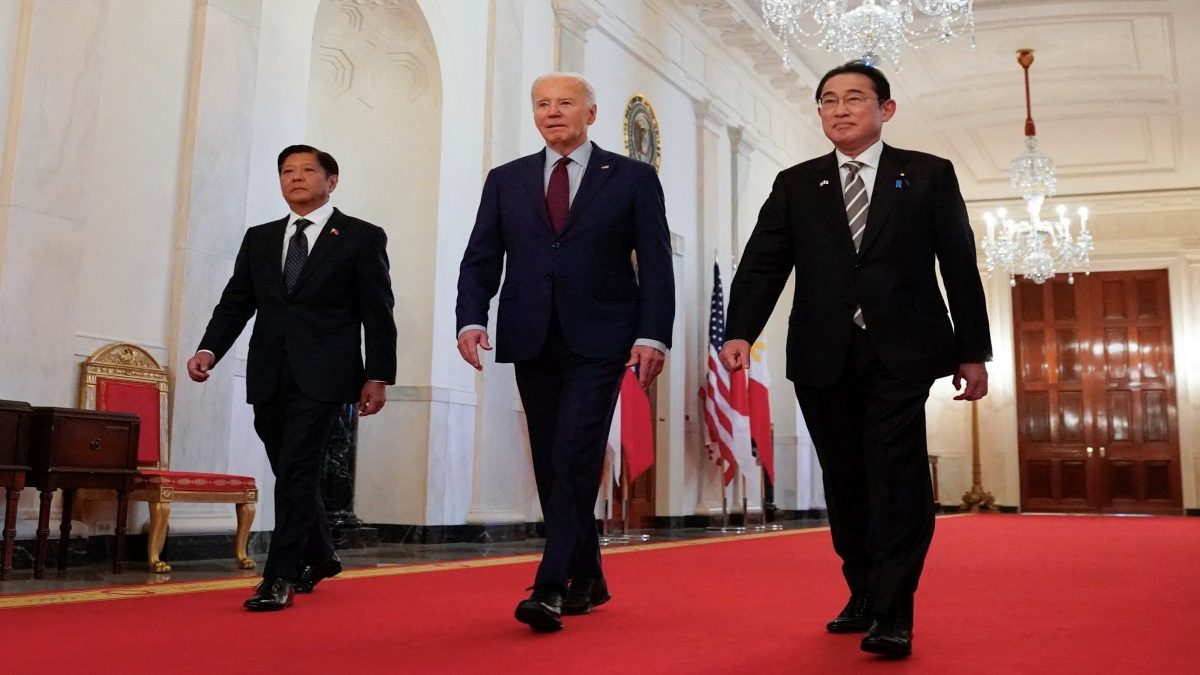)




)
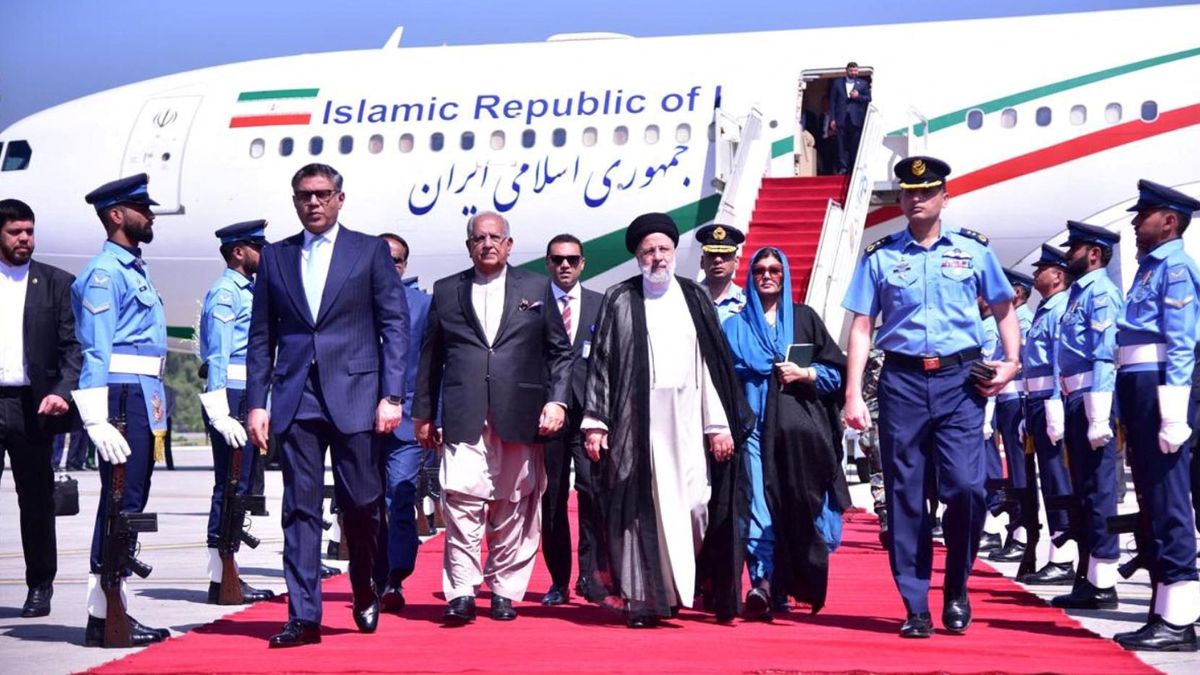)
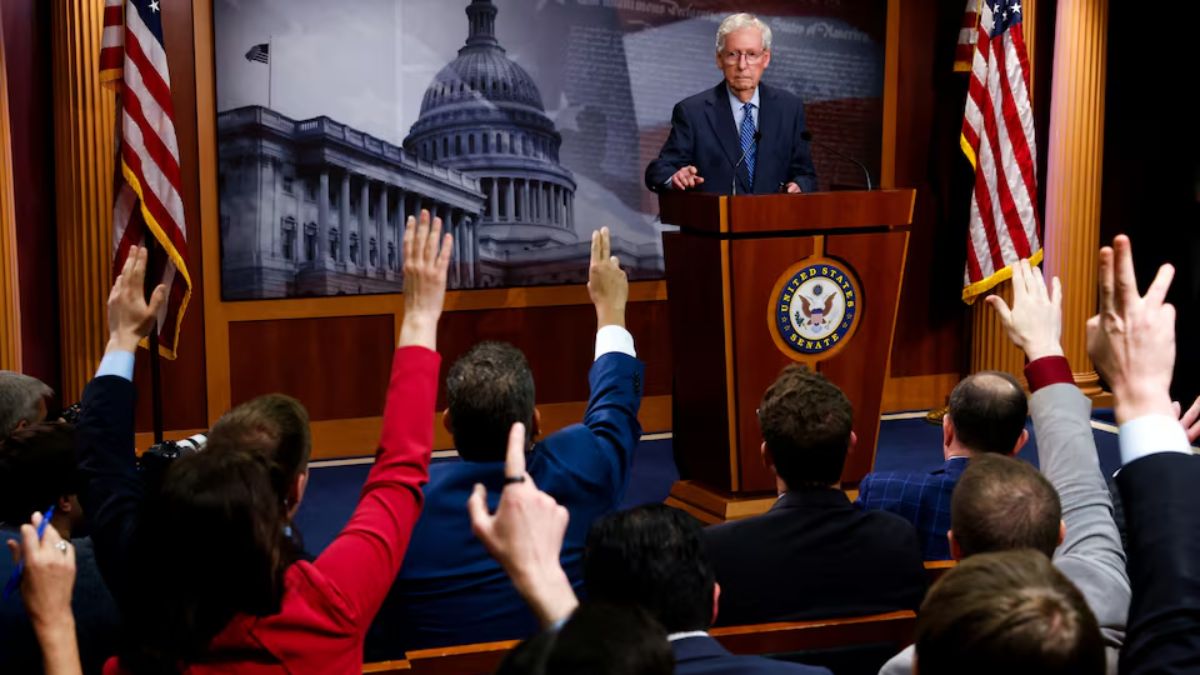)
)
)
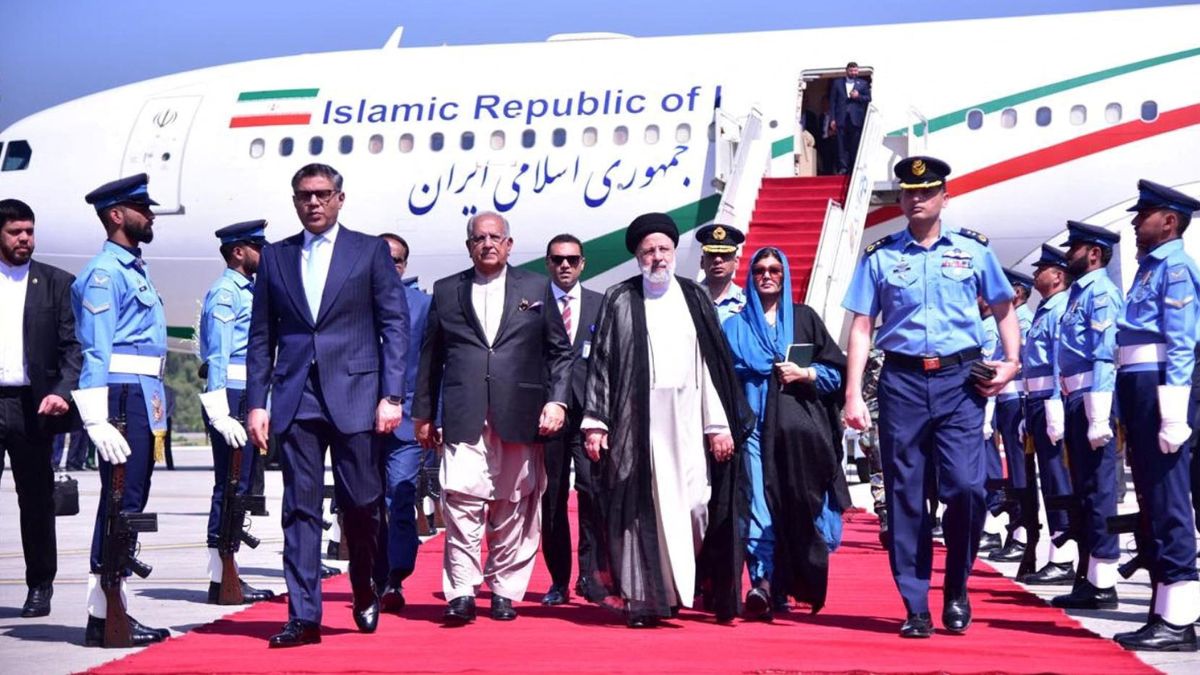)
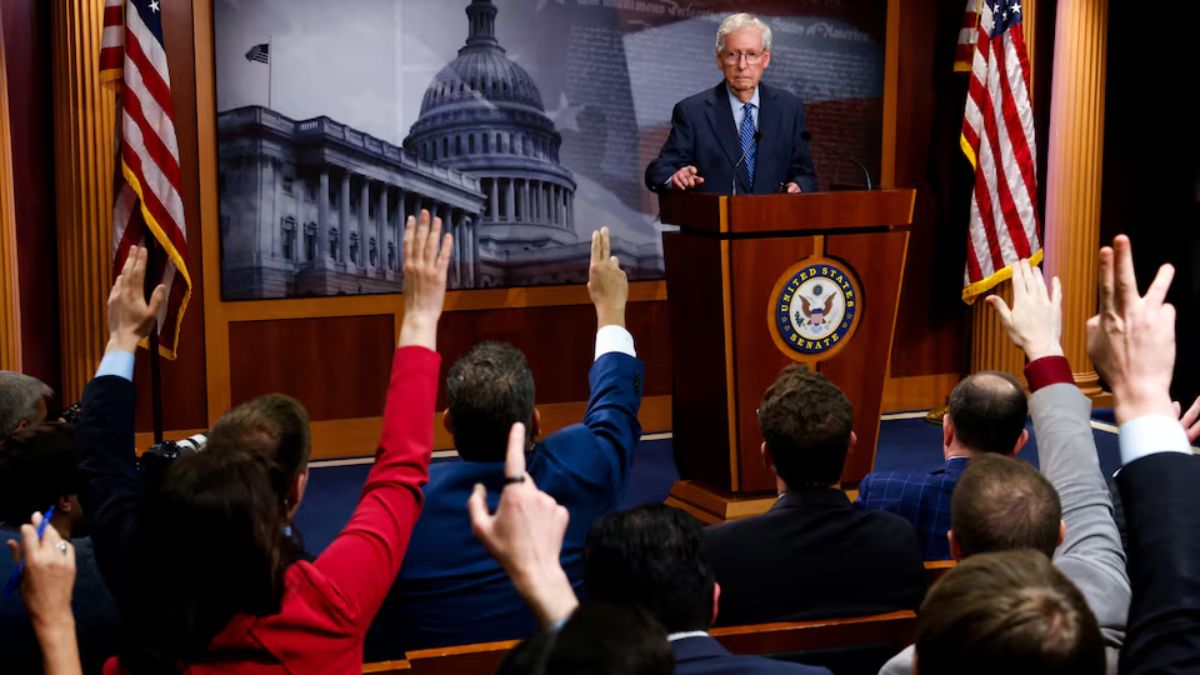)
)